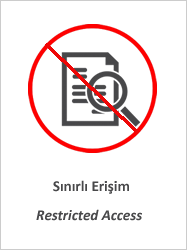Wild edible mushrooms from Mediterranean region: Metal concentrations and health risk assessment
Özet
Worldwide, among the forest products, wild edible mushrooms constitute an important part because they represent food source as well as income source for many local communities. Thirteen essential elements (Ca, Co, Cr, Cu, Fe, K, Mg, Mn and Zn) and non-essential elements (Al, Cd, Ni and Pb) in wild edible mushrooms from six families (Agaricaceae, Auriculariaceae, Hygrophoraceae, Russulaceae, Suillaceae, and Tricholomataceae) originated from the Mediterranean region of Turkey were determined. Major element was K, followed by Ca, Mg, Fe and Al. Concentrations of detected elements were in the range from 0.05 mg/kg (Co) to 141,400 mg/kg (K). Health Risk Index for elements that may pose health problems indicated that safe limits were exceeded for Cd (L. nuda, L. decastes, M. exscissa, R. albonigra, R. delica and T. terreum), Ni (A. auricula-judae and S. luteus) as well as for Fe (A. auricula-judae and M. paedida). In Arpacık village and Deliosman village areas the highest number of wild edible mushrooms with HRI>1 was collected. The differences and similarities between mushroom species were established by Principal Component Analysis and Hierarchical Component Analysis. © 2019 Elsevier Inc.
















